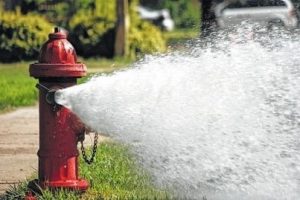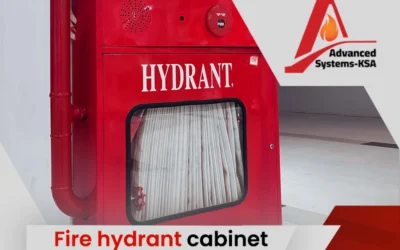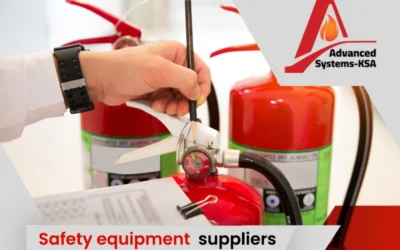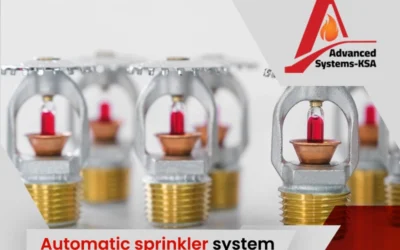Fire hydrants are crucial in safeguarding our communities by providing a reliable water supply for firefighting operations. These essential devices come in various types and configurations, each designed to meet specific needs and address unique challenges. In this article, we will explore the types of fire hydrants and the purposes they serve, highlighting their features and the situations in which they are most commonly employed.
How many types of fire hydrants ?
Most commonly that hydrant’s above ground, but fire hydrants extend several feet below ground as well, For most intents and purposes, there are two types, wet and dry barrel hydrants, in addition to other types

How many types of fire hydrants ?
Types of Fire Hydrants
Fire hydrants come in various types and configurations designed to meet specific needs and requirements.
Dry Barrel Hydrant
Dry Barrel Hydrants are specialized fire hydrants designed to withstand freezing temperatures in cold climates. These hydrants have an internal valve below the frost line, allowing for water drainage when the hydrant is not in use. By removing the water from the barrel, the dry barrel hydrant prevents freezing, damaging the hydrant and hindering its functionality during emergencies.
When firefighters need to access water from a dry barrel hydrant, they connect their hoses to the outlet valve, and water flows into the barrel, providing a reliable water supply for firefighting operations. These hydrants are essential in regions with cold weather, ensuring firefighters can access water quickly and effectively, even in freezing conditions.
Wet Barrel Hydrant
Wet Barrel Hydrants are a commonly used types of fire hydrants designed for areas with milder climates where freezing is not a concern. Unlike dry barrel hydrants, damp barrel hydrants remain filled with water even when unused. The barrel’s water is constantly present, allowing quick and easy access during firefighting operations.
Wet barrel hydrants typically have a main valve above the ground, making them easier to operate and maintain. These hydrants provide a reliable, readily available water supply, eliminating the need for draining and refilling processes. Wet barrel hydrants are widely used in urban and suburban areas, ensuring efficient firefighting capabilities when emergencies arise.
Pillar Hydrant
The pillar hydrant represents the fundamental and simplest form of a fire hydrant. It comprises a vertical pipe with an outlet valve, serving as a vital connection point for firefighters to access water during firefighting operations.
Typically mounted on a sturdy concrete or metal pillar, the pillar hydrant is strategically positioned throughout communities to ensure easy accessibility. Firefighters connect their hoses to the outlet valve, providing a direct water supply to extinguish fires. This basic yet essential hydrant type provides the necessary resources for effective firefighting and protecting lives and property.
Flush Hydrant
Flush hydrants serve a specific function of flushing water mains to eliminate sediment buildup or stagnant water. These hydrants are typically smaller than standard fire hydrants and have lower flow rates. Their primary purpose is to facilitate the thorough cleaning of water distribution systems. Opening the flush hydrant forces water to be forcefully released, creating a strong flow that helps dislodge and remove accumulated sediment or stagnant water.
This process improves water quality, reduces the risk of blockages, and maintains the integrity of the water supply. While flush hydrants may not be intended for firefighting purposes, they play a critical role in ensuring the efficiency and cleanliness of water mains.
In conclusion, understanding the various types of fire hydrants, such as dry barrel, wet barrel, pillar, and flush hydrants, is essential for maintaining effective firefighting capabilities and water distribution systems in different environments and conditions. Contact “Advanced Systems” now for a consultation for the most appropriate type.






